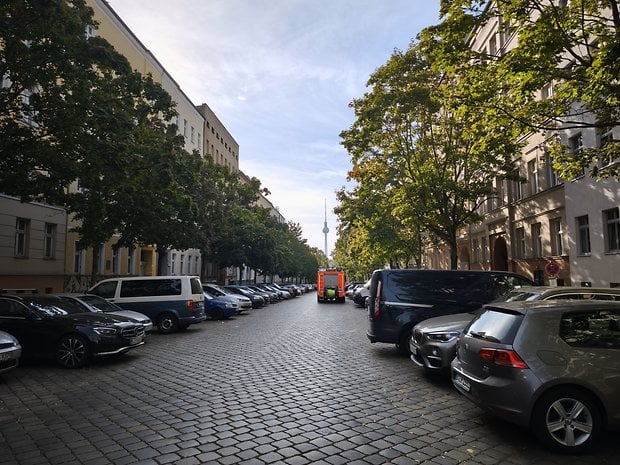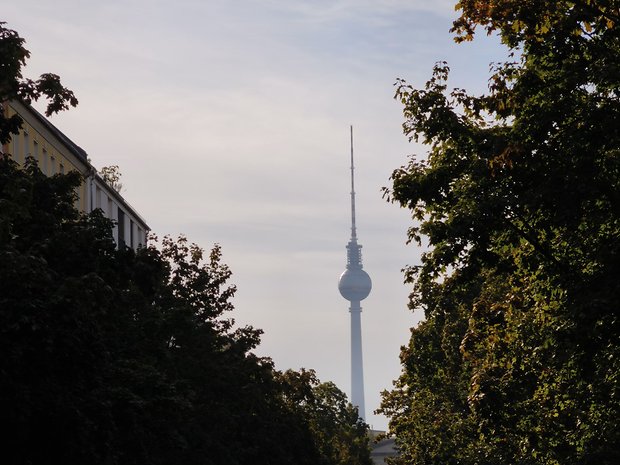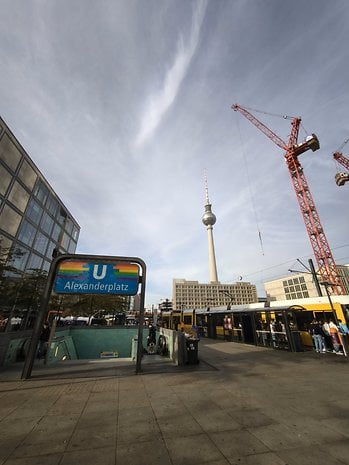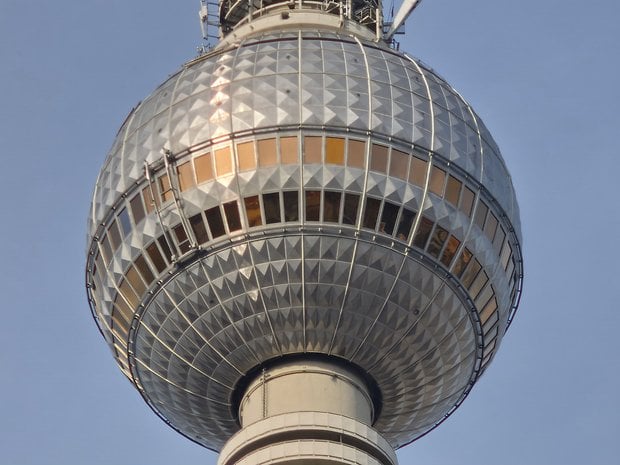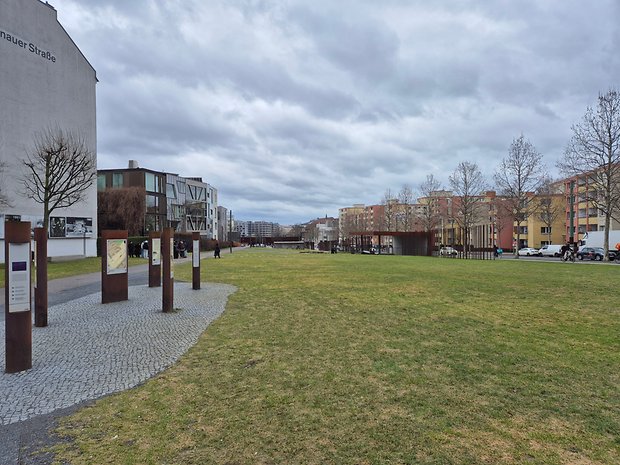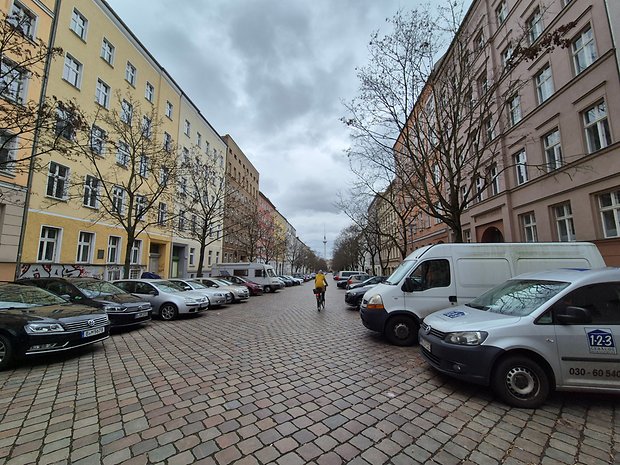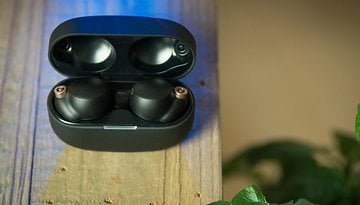Xiaomi 14T Pro & Galaxy S24+ Compared: Which Offers More?


With the Xiaomi 14T Pro and the Xiaomi 14T, we have just got to know the new Xiaomi smartphones. Google Gemini, Circle to Search, and even more artificial intelligence are now also on board. Reason enough to pit the Pro model against Samsung's Galaxy S24+ (review) today—Samsung's almost identically sized smartphone, which is also packed with AI.
Samsung became the top dog when it came to smartphones with AI features right at the start of the year with the Galaxy S24 series. While Google quickly followed suit and Apple Intelligence is waiting in the wings, Xiaomi is now the next big name to join the AI race.
Technical data: Xiaomi 14T Pro and Samsung Galaxy S24+ in direct comparison
| Xiaomi | Samsung | |
|---|---|---|
| Product | ||
| Picture |  |
 |
| Review |
|
|
| Display |
|
|
| SoC |
|
|
| Memory |
|
|
| OS |
|
|
| Camera |
|
|
| Selfie Camera |
|
|
| Battery |
|
|
| Connectivity |
|
|
| IP Certification |
|
|
| Dimensions and weight |
|
|
| Offers* |
|
|
Price and availability
You can buy the Xiaomi 14 Pro since October 26 in Europe and Asia. You have three storage options (256 GB, 512 GB, 1 TB) and three colors (Titan Gray, Titan Blue, and Titan Black) to choose from. Starting at €799 (MSRP, approximately $900).
| Xiaomi 14T Pro | Samsung Galaxy S24+ | |
|---|---|---|
| 256 GB | €800 | $1000 |
| 512 GB | €900 | $1120 |
| 1 TB | €1000 | - |
The Galaxy S24+ was launched with an MSRP of $1000 for the 256 GB model.
The Korean flagship has seen its share of deals since the launch, but as of publishing this comparison is back to MSRP.
Design and display
Design
Both Xiaomi and Samsung have simply remained true to their design languages this year. This means that Samsung continues to rely on the three free-standing cameras arranged one below the other—and Xiaomi continues to rely on a square camera island, as we know it from the Xiaomi 13T series or the Xiaomi 14 (test).

Samsung's Galaxy S23+ uses Armour aluminum for the frame and relies on Corning Gorilla Glass Victus+ at the front and back. Xiaomi also relies on the combination of metal frame with aluminum alloy and glass back, whereby the Xiaomi 14T Pro ensures a special grip thanks to its textured surface on the back and at the same time avoids fingerprints. Both smartphones come with IP68 certification, which promises you dust and water resistance.

The Samsung phone is the slightly wider of the two devices, while the Xiaomi 14T Pro is slightly longer, thicker and somewhat heavier. However, if you hold both devices in your hand, these differences should hardly matter. You can find the exact dimensions in the comparison table above.
Display

Samsung is a display king of sorts and delivers with its 6.7-inch "Dynamic AMOLED 2X" panel with a resolution of 3,088 x 1,440 px and a refresh rate of 120 Hz. But Xiaomi doesn't have to hide either: Here, too, there is AMOLED technology with a resolution of 2,712 x 1,220 px. However, the display is even smoother at 144 Hz and significantly brighter with a peak brightness of 4,000 nits (Galaxy S24+: 2,600 nits).
However, it should be noted that the screen-to-body ratio of Xiaomi (93.3 percent) is even slightly better than that of the Samsung device (around 90.7 percent).
Performance and connectivity
Performance is often a tricky issue for Samsung. The Galaxy S24+ is a good example of this, as it comes with the Snapdragon 8 Gen 3 in some regions, while we can buy the variant with the unfortunately weaker Exynos 2400 outside North America. Xiaomi, on the other hand, relies on MediaTek and gives the Xiaomi 14T Pro a real powerhouse with the Dimensity 9300+.
- Also worth reading: A comparison of the best flagship SoCs from all major manufacturers
The benchmark tests are not particularly meaningful in this case, as we carried out different tests in some cases. For example, we do not have an AnTuTu score for the S24+, which was well below two million points in other tests, while the Xiaomi 14T Pro reaches the two million mark. Overall, you should not notice any huge differences in performance in everyday use or when playing games.
| Xiaomi 14T Pro (Dimensity 9300) |
Galaxy S24+ (Exynos 2400) |
|
|---|---|---|
| AnTuTu | 2.013.101 (Perf. mode: 2,077,622) |
- |
| 3DMark Wild Life Extreme Stress Test | Best loop: 2983 (2958) Worst loop: 2633 (2641) Stability: 88.3 % (88.4 %) |
Best loop: 4242 Worst loop: 2637 |
| 3DMark Steel Nomad Light stress test | Best loop: 1132 (1142) Worst loop: 1086 (1089) Stability: 95.4 % |
|
| Geekbench 6 | Single: 2188 (2243) Multi: 7158 (7304) |
Single: 2131 Multi: 6676 |
However, we observed noticeable heat development in the Exynos 2400 during longer gaming sessions, which resulted in the performance being throttled. The heat management of the Xiaomi 14T Pro, on the other hand, is impressive. However, the GPU prevents us from giving the Xiaomi phone a fat gaming phone stamp.
In terms of memory, both models largely march in step: 12 GB LPDDR5X, UFS 4.0 memory with 256 or 512 GB—only the Xiaomi 14T Pro also offers a 1 TB option. The Chinese smartphone is also one step ahead in terms of connectivity: in comparison, we are offered Wi-Fi 7 instead of 6E and Bluetooth 5.4 instead of 5.3. Both models allow you to use eSIM cards and the 5G network, but both devices also lack the option to expand the memory.
If we had to name a winner in this category, I think it would be the Xiaomi 14T Pro with a very slight lead.
Camera
For many of you who decide on a new (and above all expensive) smartphone, the camera is a key criterion. Samsung delivers a decent performance with its flagship models, but Xiaomi is certainly no camera lightweight either—as is the case when a legend like Leica comes on board.
- Who has the best camera? The best phones from Samsung, Xiaomi, Google and Apple in the camera blind test
On paper, we have similar line-ups here: Triple cams consisting of 50 MP main cameras and an ultra-wide-angle and telephoto sensor each. Both devices have 12 MP for the ultra-wide angle, but the 2.6x telephoto camera on the Xiaomi model is ahead here with 50 MP vs. 10 MP (3x telephoto on the S24+). Of course, I don't have to tell any of you that the sheer number of megapixels says nothing about the quality of the camera.

However, both camera systems performed really well in our tests. The Leica partnership means that Xiaomi's main camera and the telephoto camera deliver really natural colors. The ultra-wide-angle sensor is not really consistent with its brighter, stronger colors. However, our blind tests repeatedly show that many of you actually prefer this color scheme.
The pictures that you take during the day with the S24+ are also generally fantastic! This also applies to the telephoto and ultra-wide-angle shots. Both devices are also impressive at night, although the S24+ cannot maintain the high level of detail in the ultra-wide-angle photos.

The bottom line here is: Neither Xiaomi nor Samsung reach the level that the two achieve on their flagships Xiaomi 14 Ultra (test) and Samsung Galaxy S24 Ultra (test). Nevertheless, both phones deliver really, really good camera systems that do (almost) everything right in terms of both hardware and software. A draw! But why am I talking so much? Just take a look at our photos yourself - here are the galleries:
Test photos of the Xiaomi 14T Pro
Test photos of the Samsung Galaxy S24+
Software: Advanced AI vs. Galaxy AI
With the Xiaomi 14T Pro, you get exactly what you would expect: HyperOS based on Android 14, bloatware included. Plus five years of support for security updates and four years of Android updates. What Samsung can offer is similarly expected: Also the still current Android 14 on top of the One UI 6. Even if Xiaomi has improved significantly in this discipline: When it comes to updates, you can't come close to Samsung, which grants both security updates and Android updates for a fat seven years.
We are dealing with two really popular overlays, so the question of whether you like One UI or HyperOS more is merely a question of taste.
... or a question of who can dock with the better AI suite in their software. Samsung amazed us right at the beginning of the year with Galaxy AI. A lot of good stuff is already coming together. I really like using some features like Circle to Search or the photo functions myself, but some things are (at least for now) more of a gimmick.

This brings me directly to Xiaomi, who also want to make a big splash with their "Advanced AI". We'll have to see what happens there directly, because a lot of things are still in the works or should only work after we published our test of the Xiaomi 14T Pro yesterday. Specifically, the aforementioned Circle to Search and Google Gemini will find their way onto the Xiaomi phone, but of course that's not all: There will be the usual tools to summarize texts, translation tools, you can edit videos and photos and much more.
As with the Samsung Galaxy S24+, the AI talents will also extend to all other areas of the smartphone: photography will benefit from AI, the display can automatically adjust its color temperature and brightness to the external conditions and more.
- More in the mood for AI? These are currently the coolest AI functions for smartphones
As far as the software is concerned, I would say Samsung is currently ahead: Because the AI functions have simply already proven what they can do and because Samsung's software support is better/longer. But there is no question: Xiaomi is making great progress in both areas and we are slowly getting the feeling that HyperOS is increasingly emancipating itself from MIUI.
Battery: No chargers far and wide
When it comes to fast charging standards, companies like Samsung and Apple should really duck away in embarrassment. At least for the Chinese brands, 45 W "fast charging" is no longer enough. I'll show you what Xiaomi means by fast charging: You can fully charge the 5,000 mAh battery with a whopping 120 W in just 25 minutes if you activate the "Top speed" option.

Wireless charging? Yes, that's also possible—with 50 W. This not only means that you can charge the device with a cable faster than you can say "Where the hell is the charger?", but also that you can charge the Xiaomi 14T Pro wirelessly faster than the Samsung phone with a cable. According to our test, Samsung takes around 77 minutes to flash the 100 percent indicator at the top of the display.
- Please also take a look here: These are currently the best smartphones you can buy
Incidentally, Xiaomi is adapting to Samsung's bad habits and no longer includes a charger in the box. Unfortunately, there is more bad news for the Samsung faction: Although a cable is included, you can only charge with a maximum of 25 W with that, even if you treat yourself to the optional 45 W charger.
But hey, the 4,900 mAh battery lasts longer than Xiaomi's 14T Pro: While the PCMark battery test shows that it dies after around 13.5 hours, the battery in the S24+ lasts over 15 hours!
Conclusion
Let's see which of the devices—Xiaomi 14T Pro or Galaxy S24+—earned more points in our comparison. In terms of build quality and design, I think both devices are pretty much on a par. I also see it the same way in terms of performance, because the small advantage that Xiaomi's MediaTek choice offers is hardly noticeable. Perhaps Xiaomi is even slightly ahead in terms of display thanks to its 93.3 percent screen-to-body ratio and higher refresh rate—although Samsung scores in terms of resolution.
The situation is very similar with the camera, where both devices deliver very similar results at a high level. When it comes to software, on the other hand, I would definitely go for the phone from Korea if long-term support is particularly important to me. As we have not yet been able to test most of Xiaomi's AI functions, I don't want to rate them here. Finally, when it comes to the battery, we have a device that lasts longer and a device that charges much faster. As with many other points in this comparison, this is probably also a question of personal preference.
- Who is better? Samsung and Xiaomi in a big comparison
Unfortunately, this results in exactly what I wanted to avoid: A verdict that says something like "buy what you want, you can't go wrong". The price would actually tip the scales, but here too, both are on a similar level, as street prices take the Samsung below the MSRP quite often.
But what do you think after reading this comparison and, at best, the test reports? Which is your favorite?
















